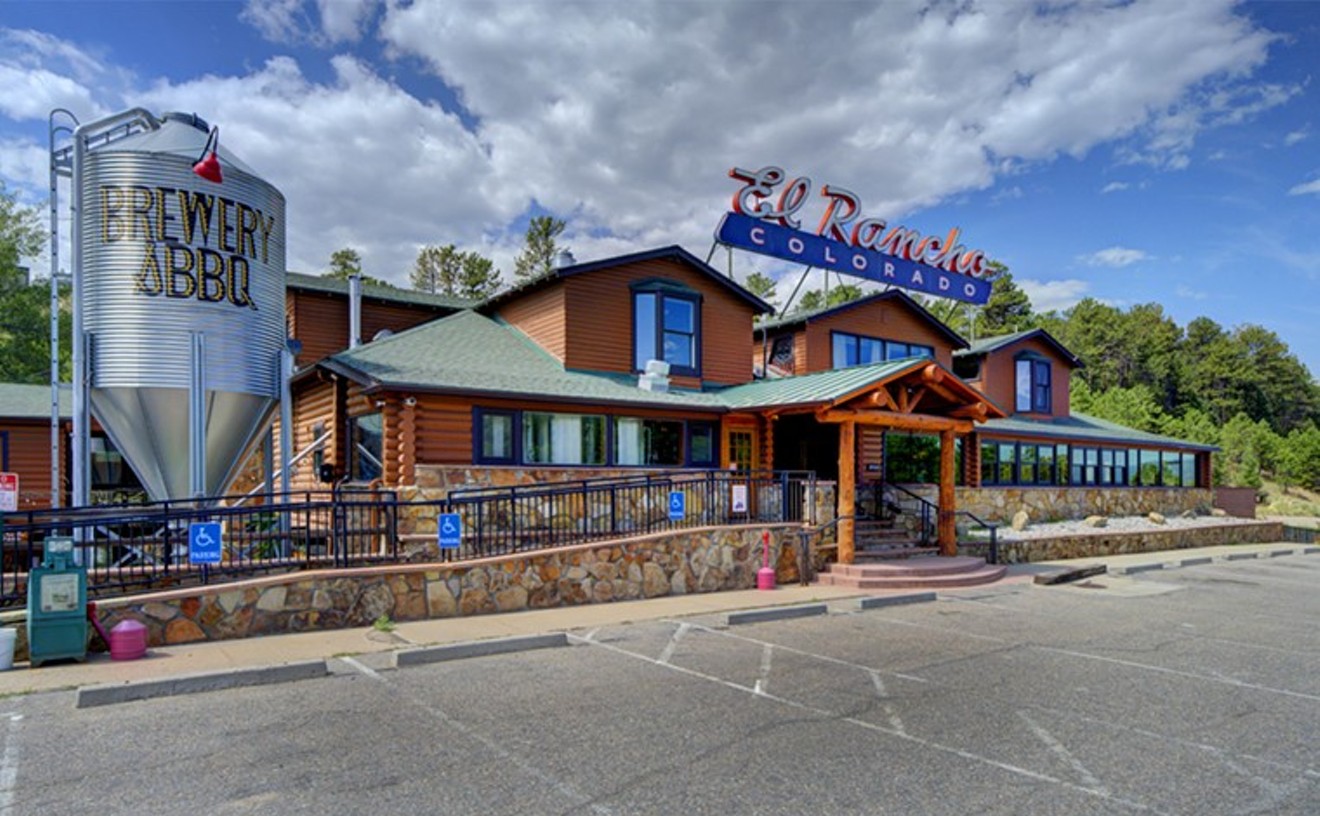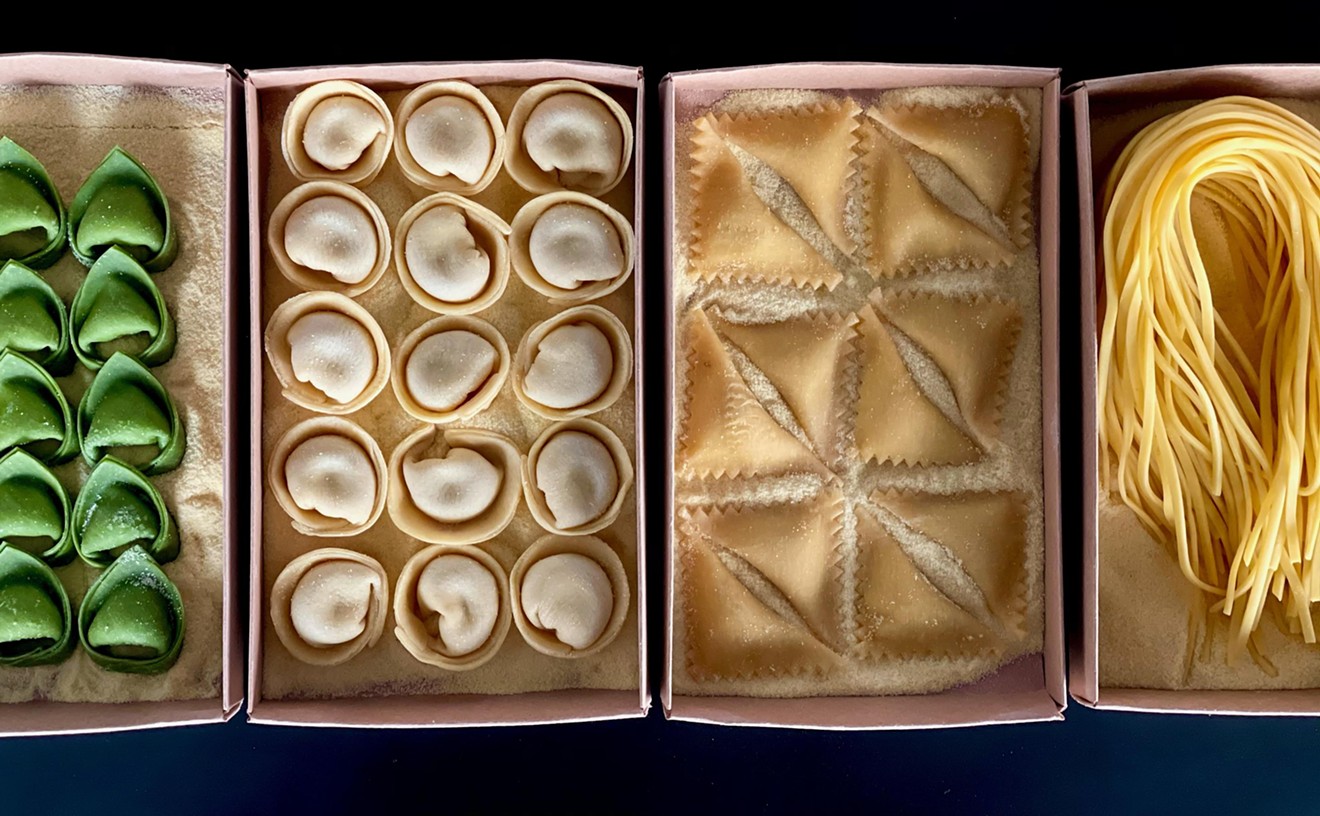Some fast-food ad campaigns work because they're funny -- like the Taco Bell Chihuahua ads from the early '90s, or the more current examples from Jack-in-the-Box, which invite us to send our respects to the fallen Jack (he was hit by a bus on Super Bowl Sunday). Other ads work because they're creepy as hell (seriously, I'll buy a breakfast sandwich -- just don't make me wake up to the King).
On the flip side are those campaigns that just don't cut it. Sometimes they're ill-conceived, sometimes they just don't connect with the audience. And sometimes, like the ten examples that follow, they're both of the above -- and so much more.
10. "Whopper Virgins," Burger King
Burger King's recent campaign reaches back pretty far into advertising strategies; the blind taste test really hasn't been around in any major way since the Pepsi Challenge. But in utilizing this classic persuasive strategy, Burger King inadvertently pissed a lot of people off -- mainly by using adorable foreigners so rural and backward that they don't "even have a word for burger." Words like "exploitative" and "colonialist" have been used to describe it by some, but really, it could have been worse. Consider the dietary issues that could result from feeding someone on subsistence caloric intake not one, but two greasy fast-food burgers in a sitting: The whole project could have been co-sponsored by Pepto-Bismol and Charmin Ultra.
9. "Avoid the Noid," Domino's
Domino's Pizza went the mascot route back in the '80s, when claymation was inexplicably hot. The Noid failed mainly because he made no sense -- he was a little spandex-wearing, floppy-eared man-freak who for some reason wanted to spoil your pizza. This is where the mascot idea breaks down; there has to be some internal logic to it. Cereal mascots know this: Sonny is cuckoo for Cocoa Puffs, and the Trix rabbit won't get any Trix because "Trix are for kids." But the Noid? Aside from a hard marketing push by Domino's (including a really boring video game), there was no narrative to support his pizza terrorism.
Add to this the fact that tied in with this campaign was Domino's 30-minute delivery guarantee, and it was a campaign doomed from the get-go. Any delivery promise that relies on franchise overexpansion and the breaking of innumerable traffic laws can't be good.
8. "MacTonight!," McDonald's
This late-'80s McDonald's character attempted to make the kid-friendly joint into a more adult and upscale place -- a tall order for a restaurant that not only pioneered the Happy Meal but had a huge cast of cartoonish characters led by a giant clown. And really, all Mac -- who was a crooning, Wayfarer-wearing, silver-suited piano-playing guy with a huge crescent moon for a face -- managed to do was make viewers ask themselves this: Why the hell is a moon singing like Mel Torme on my television? And what does it have to do with cheap-ass burgers?
7. "Red Pigtails," Wendy's
Wendy's was blessed with some very good advertising luck over the years; once Clara Peller's "Where's the beef?" became tired, affable owner Dave Thomas was able to become a pretty successful spokesman. But upon his death in 2002, Wendy's embarked on a series of experiments in creative advertising -- from the Mr. Wendy campaign, in which a man on the street tries to become the company spokesman (fail), to this more recent campaign, in which average folks "wake up" from the fast-food rat race, wear red pigtails and inspire others. Except that it's tough to accept a guy in red pigtails inspiring someone to do anything other than walk calmly and quickly in the opposite direction, and perhaps contact local authorities.
6. "Kitchen Fresh Chicken," KFC
Kentucky Fried Chicken changed its name to KFC in 1991, to cease pointing out to an increasingly health-conscious American culture that most of its food came out of the deep fat fryer. This was nothing new, as this 1980 ad proves. But the Colonel's progeny took this to a new extreme in 2005, when for a time their ads floated the idea that KFC stood for "Kitchen Fresh Chicken." Nothing official, mind you, but they repeated the phrase several times in several ads, just to see if it caught on. It didn't.
5. "Quiznos Rats," Quiznos
Actually, no one knew if these things were rats or not, but they definitely gave off a rodent vibe. And between their wandering eyes and matted fur and off-putting voices that bespoke of witnessed horrors the likes of which one does not like to contemplate while eating a meatball sub, they were all too reminiscent of the sort of guys who hang outside a Quiznos and ask for your change. It was a bold experiment for Quiznos, this strange marriage of Photoshop guerrilla art and the selling of toasted sub sandwiches, but there's no doubt that it didn't make anyone hungry.
4. "Don't Bother Me, I'm Eating," Carl's Jr.
This campaign was primarily made up of people eating huge burgers in the most disgusting ways possible -- munching wetly, dripping sauces all over themselves, their eyes fluttering up into their heads as though they were experiencing a multiple all-beef-patty orgasm. But the worst was the tag line, "Don't bother me...I'm eating," which provoked the same response from most viewers: "You're on my TV, you gluttonous fuck." So Carl's Jr. abandoned that line, but not before it got parodied all over the place, not only online, but even in a feature film like Idiocracy. Perhaps this is why Carl's Jr. has made it unavailable for YouTube (the one above is way more tolerable). When your ad campaign becomes the butt of so many jokes? Yeah, it starts to smell like ass.
3. "The Original Ronald McDonald," McDonald's
How could an ad campaign that's been around for more than a half-century be called a failure? Well, this isn't the Ronald McDonald Americans have come to know, with his McDonaldland friends like Grimace and Mayor McCheese and the rest. This was the first one -- the original Ronald, who was apparently conceived as having just rolled out of a McDonald's dumpster with cups, trays and assorted garbage still clinging to him. (That's Willard Scott under all that, by the way, and this, combined with his longtime service talking about centenarians and Smucker's jam, makes one really stop and consider what a weird-ass career this guy has had.) But the horror doesn't stop there: This is a clown that magically produces meat from his beltline and outwardly professes that he likes to do "all the things that boys and girls like to do." I don't care what era you're from, that's just all sorts of wrong.
2. "The Frak Pak," KFC
Not all of KFC's faux pas have been related to its name; more recently, it completely misread the intent of a term used on the TV show Battlestar Galactica, and used it in stunningly poor fashion in a cross-promotion. Specifically, the term "frakkin'," which is obviously a direct, futuristic stand-in for the more profane "fuck." As in "What the frak?" or "That's unbelievably frakkin' stupid." As reported by Topless Robot, the promotion in question offered up as a prize to ten lucky patrons a "Frak Pak" of Battlestar goodies. Translated, of course, that's a "Fuck Pack." Once this was pointed out to the geniuses at KFC, they changed their campaign to be called "The Can't-Say-That-Word-on-TV Sweepstakes," which was doubly stupid, since the whole point of the word itself is that it can be used on TV. Just not in ad campaigns that offer "packs of fuck" to a lucky few. Except in Amsterdam, of course, where this sort of thing is pretty common.
1. "Herb," Burger King
This 1985 campaign is legendary for just how big it flopped. Sort of a "Where's Waldo?" idea long before its time, the campaign started with a strategy similar to the current Jack-in-the-Box campaign: Instead of "Will Jack Live?" it was "Who's Herb?" Sadly, the national response to that question was "Who cares?" Eventually the King unveiled Herb himself -- a bald, middle-aged guy -- and tried to launch the "Where's Herb?" part of the $40 million mistake, in which customers who spotted Herb at their local Burger Kings won a cash prize. But by then no one cared. Ironically, Herb himself is now working the drive-thru at a Santa Monica Wendy's.










